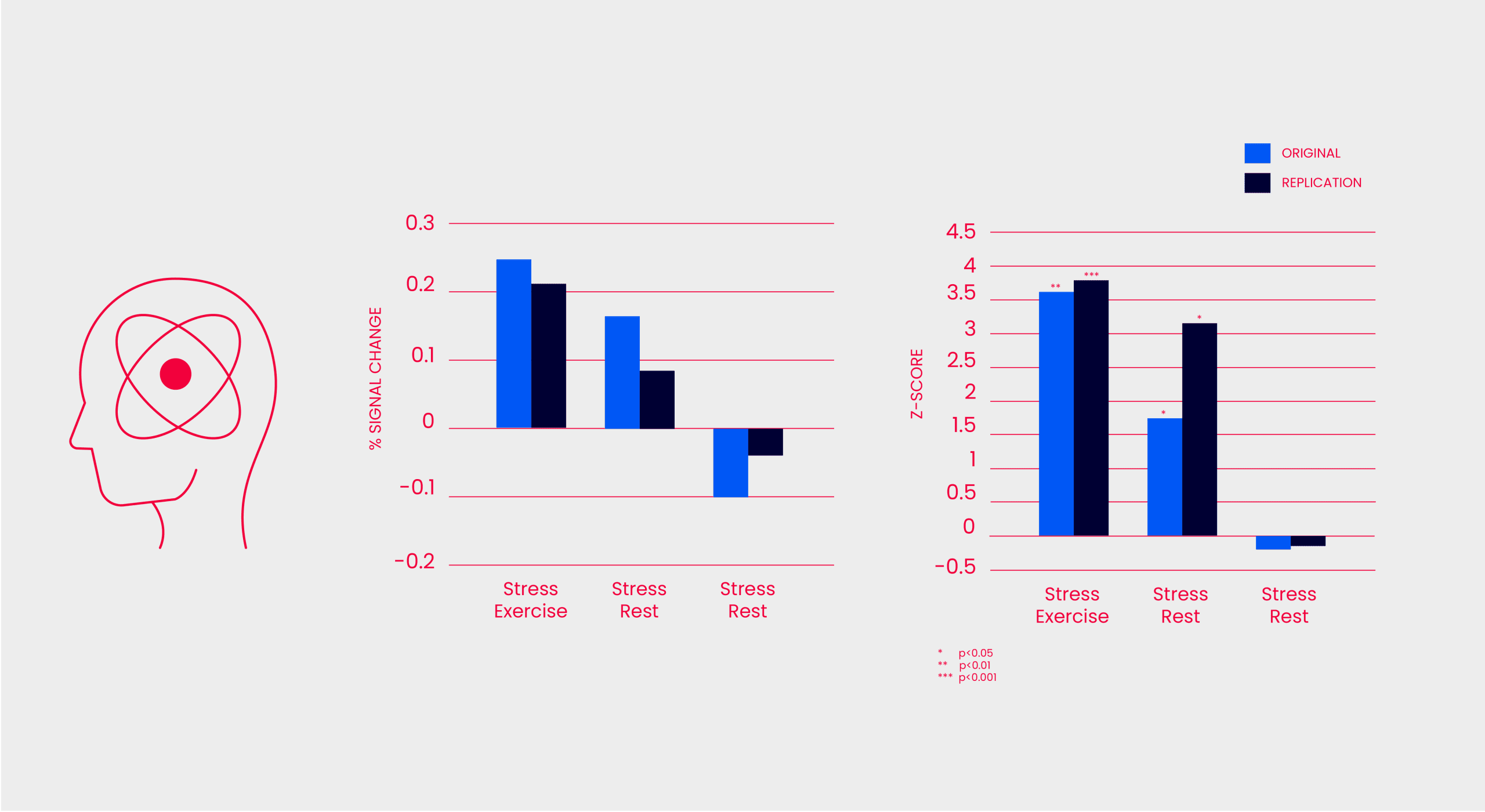Close your eyes for ten seconds. Inhale. Exhale. Calmly.
Now we only ask you one thing:
Think of a smell that stirs something inside you. Maybe the perfume of an ex-partner, the one that still unsettles you. Or the smell of freshly baked bread from the bakery in your neighborhood, that takes you back—uninvited—to your childhood. It could even be the smoke from the little fires your grandfather used to light at home, and which are now gone.
Find that smell. Don’t force it: if it’s within you, it will show up.
Because smells, though invisible, have the power to cross time, trigger emotions, and build memories. That same emotional power is what Olfactive Marketing s beginning to explore today.
Scent is part of a brand’s identity. Through smell, we can connect on a very deep level. A memorable brand is built through all the senses: what you see, what you hear… and also what you smell.
That’s Branding and, put into action, Olfactive Marketingintegrating scent as part of a brand’s sensory universe. A subtle yet incredibly effective tool to generate recall, emotional connection, and brand experience.. Because yes: a brand can also have its own smell—and when it does, it becomes even harder to forget.
The role of smell in Olfactive Marketing: let’s start from the beginning

To begin to understand what smells are, how we perceive them, and why they impact us so much, let’s focus on a very specific and universal one: the smell of wet earth.. It’s one of those scents we all instantly recognize, even without knowing exactly where it comes from. However, this example helps us better understand how we smell, why we smell, and what has led us to smell the way we do—a key foundation that also helps explain the value of Olfactive Marketing.
We are particularly sensitive to a molecule called geosmin, produced by soil bacteria and responsible for that distinctive smell we sense when rain falls on dry ground. The interesting part is that geosmin exists in the air in incredibly tiny quantities, almost undetectable. If it were any other molecule, we would completely overlook its presence.
But our olfactory system has evolved to detect this specific signal. Why? Water has always been a vital resource for human survival. Recognizing its presence through smell could mean the difference between life and death. That’s why, over thousands of years, we’ve become hypersensitive to this particular smell.
Geosmin is like a needle in a molecular haystack… and yet, our brain finds it effortlessly.
The olfactory system: the sense that doesn’t pay tolls
The olfactory system is truly amazing.
Tiny molecules floating through the air, often imperceptible, enter our nose and can activate immediate emotional responses. They don’t need to ask. They don’t wait in line. They don’t pay tolls. Unlike other senses like sight or hearing, which pass first through the thalamus (a sort of control center in the brain that organizes sensory input), smells take a direct shortcut to the limbic system, the emotional core of our brain.
This means a smell can touch us emotionally without warning, before we even have time to rationalize it.
The signal begins in the olfactory epithelium, a small area high up in the nose where neurons (yes, neurons!) detect smells. When a molecule reaches them, they send a signal to the olfactory bulb, the first stop on the journey. From there, the information travels directly to two parts of the brain:
- The amygdala, which processes emotions like fear or pleasure.
- The hippocampus, which stores memories.
This explains why a simple scent can move you, unsettle you, or suddenly take you back to a forgotten childhood scene.
Smell doesn’t explain, filter, or negotiate. It simply evokes.
And while this may seem purely emotional, what a scent provokes has a proven biological basis.. It’s not just a subjective impression: science has shown that smell activates measurable responses in the body and brain. It’s no coincidence that Olfactive Marketing relies precisely on that deep connection. Let’s look at the data.

The science behind smells
In a study published in Holistic Nursing Practice (2023), researchers analyzed the impact of lavender aroma on 116 hospitalized patients, all in high-anxiety situations before undergoing medical procedures.. Results showed that after inhaling lavender for 10 minutes, anxiety levels measured using the STAI (State-Trait Anxiety Inventory) decreased by 33% compared to the control group, which did not receive olfactory stimulation. There were also physiological improvements: an average reduction of 7 beats per minute in heart rate and a noticeable drop in muscle tension and respiratory rate. All of this without any pharmaceutical intervention. Just with scent.
In a second study, published in 2024 in the International Journal of Environmental Research and Public Healthresearchers evaluated the effect of lemon aroma on 60 participants taking the N-Back test, a task designed to assess working memory and attention under cognitive load. The results were clear: participants exposed to the citrus aroma improved their accuracy by 18% and completed the task 12% faster than the unscented control group. They also reported feeling more alert and less fatigued during the test.
Both studies show the same thing from different angles: smell has a direct, measurable, and real impact on our emotions and mental abilities. It’s not ethereal or anecdotal, it’s applied neurobiology, and it’s exactly this scientific foundation that supports Olfactive Marketing.
How can we use all this power in our daily lives?
So far, we’ve seen how smell directly affects our emotions and mind—and how scientific studies have proven its real effects. But how can we bring all this into our everyday routines?
- Scenting spaces
- Scents for working from home
If you work from home, one of the most common challenges is mentally separating your work space from your personal space. Everything happens in the same place, and that can affect both focus and rest.
Here, scent can act as a sensory marker.. If you have a designated office or workspace, using a specific scent—like mint, rosemary, or lemon— can help you activate mental focus and associate that space with productivity. Meanwhile, in areas for rest and relaxation, such as the living room or bedroom, you can opt for softer, more enveloping scents like lavender, sandalwood, or chamomileto encourage your body to disconnect. This small sensory gesture helps your brain switch between “modes” more easily.
Practical tip:
Use diffusers and essential oils. For large spaces, choose higher-capacity diffusers; for smaller rooms, a compact one will do. Make sure there’s good ventilation to avoid overwhelming aromas.
Scents to relax, calm down, or sleep better
In situations of anxiety, nervousness, or insomnia, smell can become an immediate and natural ally. We don’t always have the words, time, or mental tools to self-regulate. But we can always smell.
At home, you can apply this with diffusers, candles, or pillow sprays with lavender, bergamot, or incense—especially before sleeping or during emotionally intense moments.
Smell won’t solve everything, but it can be the first step in slowing down and helping the body enter a calm state.
Body odor: from sweat to perfume
Sweat also communicates

Strategic use of perfume
Perfume can be a powerful communication tool. At work, in meetings, or when we want to make a strong first impression, the scent we choose can reinforce our image and convey confidence.
It’s not about smelling strong or standing out, but about accompanying our presence with a subtle touch that projects balance and security—without invading others’ space.
If you’re looking for a perfume that works well for anyone, a good idea is to pick one that smells clean, fresh, and natural. Perfumes with a hint of soft citrus (like lemon or orange), a touch of light woods or mild spices, and maybe a light floral or fruity base are often well-liked. They’re not too sweet or heavy, and they give off the impression of being well-groomed—with style, but not overdone. They’re perfect for everyday wear and for people who want to smell good without overthinking it.
Perfume is also part of your personal brand: it speaks for you without you saying a word. That’s why it’s essential that you like it before anyone else does. There’s no perfect scent for everyone: what matters is finding one that feels like you, that represents you and makes you feel good. Because when you truly identify with your fragrance, that authenticity stands out—and sticks.
Of course. Here is a more fluid and cohesive version of the conclusion, with improved rhythm and better flow between ideas.
The sense of smell as a daily tool… and a strategic one in Olfactive Marketing
Now you know that smell is no ordinary sense: it’s a direct line to the heart of our emotions, memories, and moods. It acts without asking permission, without filters—and that’s exactly why it’s so impactful. A single scent can reconnect us with past moments, awaken intense feelings, or change our mental state before we even notice.
Although we often associate it with personal settings, smell also has enormous potential in the world of communication. It’s not exclusive to home, memories, or relationships: it can also speak for a brand , and that’s where Olfactive Marketing comes in.
At Red Vinilo, we’re clear: a brand with heartbeat isn’t built just with a nice logo or a well-defined tone of voice. A brand with heartbeat is one that feels alive, consistent, and unique.
To achieve that, you need to build a complete sensory identity, one that can activate all the senses. Smell, though subtle, is one of the most powerful within Olfactive Marketing.
So, how can a brand harness this invisible yet influential sense through Olfactive Marketing?
That’s what we’ll talk about in our next article, where we’ll move from theory to practice. We’ll look at how some brands are already using Olfactive Marketing to create memorable experiences, build emotional bonds, and craft a unique identity… through scent as well.